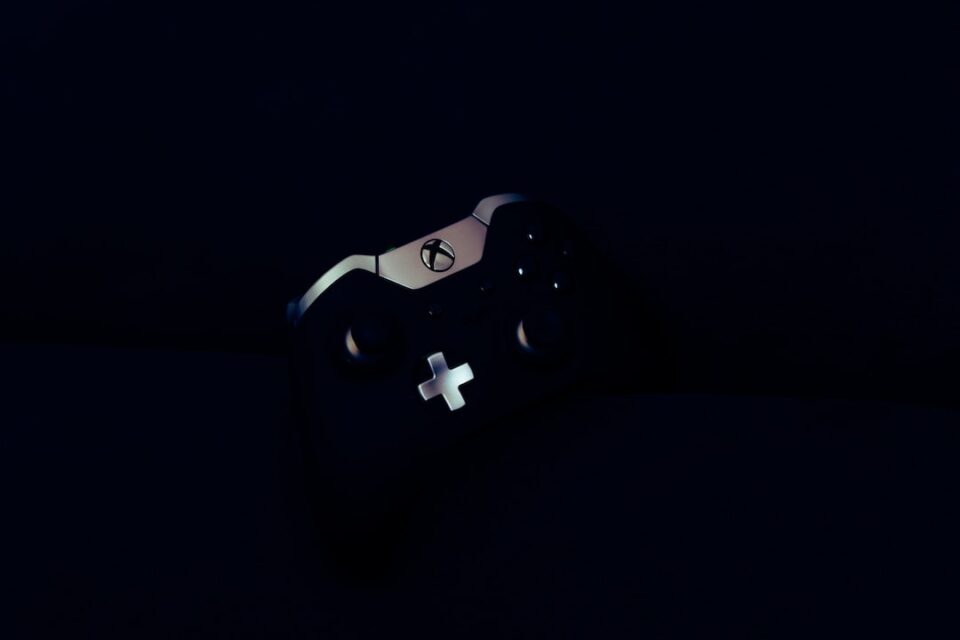Gamifying Health and Fitness: How Games Can Motivate Physical Activity
In today’s fast-paced, technology-driven world, it can be challenging to maintain a consistent fitness routine. Many people struggle to find the motivation to exercise regularly and lead a healthy lifestyle. However, with the rise of gamification, a new and exciting solution has emerged – using games to motivate physical activity.
Gamification is the process of applying game mechanics and elements to activities that are not traditionally associated with games. This approach has been successfully used in various industries, including education, marketing, and customer engagement. Now, the health and fitness industry is starting to harness the power of gamification to encourage people to stay active and take care of their bodies.
One of the most popular ways gamification is being integrated into health and fitness is through fitness trackers and smartwatches. These devices use technology to track physical activity, such as steps taken, calories burned, and heart rate. By setting goals and providing rewards for meeting them, fitness trackers turn exercise into a game. Users can compete with friends or set personal challenges, unlocking achievements and earning badges as they progress. This creates a sense of accomplishment and motivates individuals to continue pushing themselves to reach new milestones.
Additionally, fitness apps have embraced gamification to engage users and keep them motivated. These apps often include interactive features like virtual challenges, leaderboards, and personalized workouts. By gamifying fitness routines, individuals can have fun while working out, making them more likely to stick with their exercise regimen. Some apps even offer real-life rewards, such as discounts or merchandise, for reaching specific fitness goals, further incentivizing users to stay active.
Another way games can motivate physical activity is through virtual reality (VR) technology. VR games provide immersive experiences that make exercise feel like play. Whether it’s dancing, boxing, or even participating in sports, VR fitness games transport users into a virtual world where they can engage in physical activity while having fun. They offer a unique and enjoyable way to break a sweat without feeling like traditional exercise. The competitive nature of these games can also encourage individuals to strive for high scores and improve their performance.
Gamification has proven to be an effective tool for fighting sedentary habits and promoting physical activity, particularly in children and adolescents. The gaming industry has seen the potential for combining entertainment with exercise, resulting in a wave of interactive video games that require movement and physical exertion. These active video games, also known as exergames, provide a fun alternative to sedentary screen time. They get kids off the couch and up on their feet, actively engaging their bodies while playing.
Furthermore, gamification has the potential to make exercising a social activity. Many fitness games and apps now offer multiplayer features that allow users to connect with friends or participate in community challenges. By incorporating social elements, game developers tap into our innate desire for competition and teamwork. Exercising with others adds an extra layer of motivation and accountability, making physical activity more enjoyable and rewarding.
It is essential to note that while gamifying health and fitness can be highly effective, it should not be seen as a substitute for traditional exercise. It is crucial to combine gamified activities with a well-rounded fitness routine that includes strength training, cardio, and flexibility exercises. However, incorporating games into your daily routine can be a valuable tool in keeping you motivated, engaged, and, most importantly, consistent with your fitness goals.
In conclusion, gamifying health and fitness has revolutionized the way we approach physical activity. From fitness trackers and apps to virtual reality and active video games, games have become powerful motivators to encourage individuals to lead active lifestyles. By turning exercise into a fun and rewarding experience, gamification has the potential to help people of all ages and fitness levels to find the motivation they need to prioritize their health. So, why not turn your workout into a game and start reaping the benefits of gamified fitness today?


